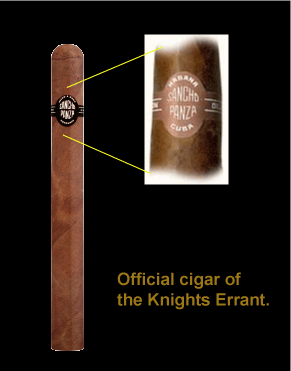IntroductionThe ultimate goal in chess is to mate your opponent. Below I list the five factors that, during the middlegame, seem to be the most important in evaluating which player is more likely to reach that goal. The factors can be used in two ways, first to generate candidate moves, and second to select which candidate move to implement.
First, the five factors help to generate candidate moves. This is because each factor suggests specific goals (usually called plans) that help you think of moves to reach those goals. Because I want to incorporate the five factors into a concrete, plan-driven, thinking process, for each factor I include a brief discussion of some of its correlative specific goals.
Second, and probably more importantly, regardless of how you come up with your candidate move list, the five factors are used to select which candidate to implement. That is, for each candidate move, you need to think about what board positions will likely result from that move, and evaluate these positions using the five factors. The candidate move that leads to the best board position, evaluated using some combination of the five factors, should be your
actual move.
In a future post, I will work up a middlegame thinking process that draws heavily from the present post. Any suggestions for improvement appreciated. I would especially like to know of any glaring omissions.
The Five FactorsA. Threats against materialThis includes direct threats to the king, other material, and more subtle tactical possibilities. Especially look for forcing combinations triggered by checking and the threat of capture. Such combinations can control the flow of the game. Always start with this factor when generating a list of candidate moves, because if a threat against you is bad enough (e.g., check), you will have to deal with it.
General plan: preserve your own material, and take away your opponent's material. There are many specific goals/plans that are suggested by threats against material. For example, get out of check. Deal with that attack on the queen. Take the opponent's queen because she left it wide open. Look for tactical maneuvers to attack the opponent (forks, skewers, pins, etc). Pile up more threats on an already threatened piece.
B. MaterialWho has more material? This is the factor that everybody intuitively considers, and rightly so: if you are down a queen and a rook, it is probably time to resign. Materiel advantages can be localized (e.g., less material overall, but good material piled up kingside). A kingside pawn majority is also a localized material advantage.
General plan: gain a material advantage. Plan examples: If I am way ahead in material, use material exchanges to get to an easy endgame. Don't use such exchanges if behind. Build a material advantage queenside. Push a passed pawn. If the game is open, try to take his bishops and preserve yours. If it is closed, take his knights and preserve yours. Also see factor A, Threats against material.
C. King SafetyIs the king well-protected? For instance, have you castled? Is his pawn barrier intact? Does he have escape squares if there are impending threats?
General plan: make your damned king safe, and make your opponent's king unsafe. Plan examples: Castle. Be on the lookout for encroaching checking/mating possibilities. Preserve the integrity of your king's pawn protectors. Place your bishop to remove the enemy king's escape squares.
D. Piece MobilityHow much of the board can be reached by your material? Are your pieces that do have mobility aimed toward valuable territory? Which pieces are locked in behind other pieces?
General plan: maximize your mobility and minimize the opponent's. Plan examples: Secure knights in the center. Improve queen mobility kingside. Activate your inactive bishop. Close your opponent's bishop in. Don't take your opponent's g pawn because it will give his rook a half-open file.
E. Pawn structureWho has the healthiest pawn structure? Who has more pawn islands? Where are the isolated, backwards, doubled, and passed pawns? Are they good or bad?
General plan: strengthen your own pawn structure and weaken the opponent's. Plan examples: Exchange knights, forcing doubled pawns. Attack his backward pawn. Destroy his pawn structure with my rook. Create a pawn outpost for your knight.
DiscussionIn writing this up, I have drawn from many sources, most importantly Dan Heisman's
Novice Nook articles and
A First Book of Morphy.
A few caveats are in order. First, multiple books are written about each of the factors, so obviously the above discussion is schematic. Also, the factors aren't mutually exclusive: material considerations obviously overlap with considerations of material threats. Finally, the list is probably not exhaustive: there are arguably factors I have left out (the factor of 'space' is often used, but that is implicitly taken care of by piece mobility).
In a future post, I will describe a middlegame thinking process that draws heavily from the present post. Any comments, omissions, etc. appreciated. I would especially like to know if there are any major goals I have left out in the discussion of the individual factors.




